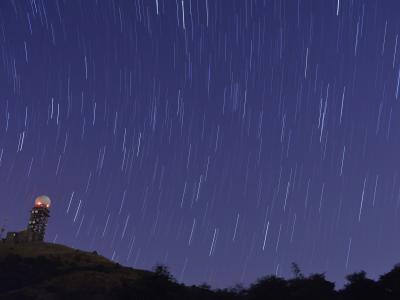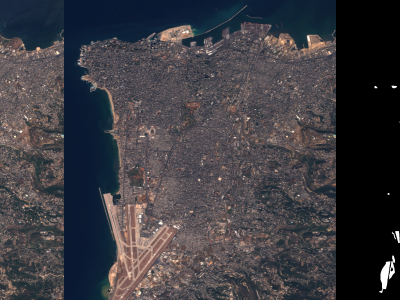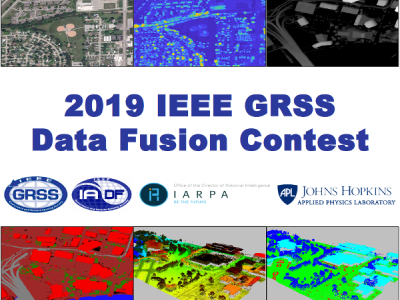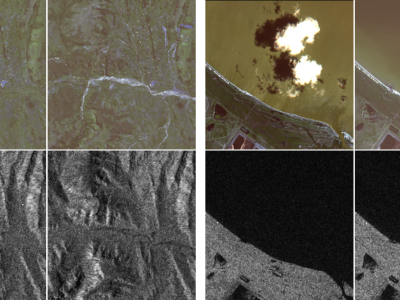Detecting Damaged Buildings on Post-Hurricane Satellite Imagery Based on Customized Convolutional Neural Networks

- Citation Author(s):
-
Quoc Dung Cao (University of Washington)Youngjun Choe (University of Washington)
- Submitted by:
- Quoc Dung Cao
- Last updated:
- DOI:
- 10.21227/sdad-1e56
- Data Format:
 7470 views
7470 views
- Categories:
- Keywords:
Abstract
After a hurricane, damage assessment is critical to emergency managers and first responders so that resources can be planned and allocated appropriately. One way to gauge the damage extent is to detect and quantify the number of damaged buildings, which is traditionally done through driving around the affected area. This process can be labor intensive and time-consuming. In this paper, utilizing the availability and readiness of satellite imagery, we propose to improve the efficiency and accuracy of damage detection via image classification algorithms. From the building coordinates, we extract their aerial-view windows of appropriate size and classify whether a building is damaged or not. We demonstrate the result of our method in the case study of 2017 Hurricane Harvey.
Instructions:
To extract the dataset, please unzip the main file 'Post-hurricane.zip'. There will be 4 folders inside:
- train_another : the training data; 5000 images of each class
- validation_another: the validation data; 1000 images of each class
- test_another : the unbalanced test data; 8000/1000 images of damaged/undamaged classes
- test : the balanced test data; 1000 images of each class
All images are in JPEG format, the class label is the name of the super folder containing the images







